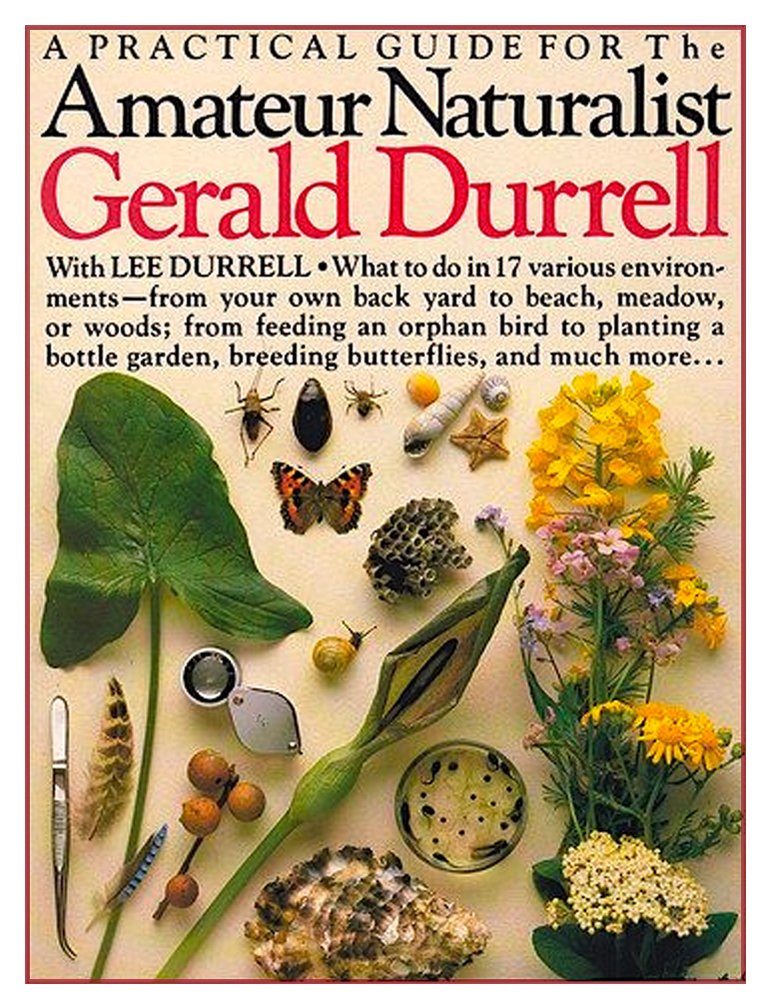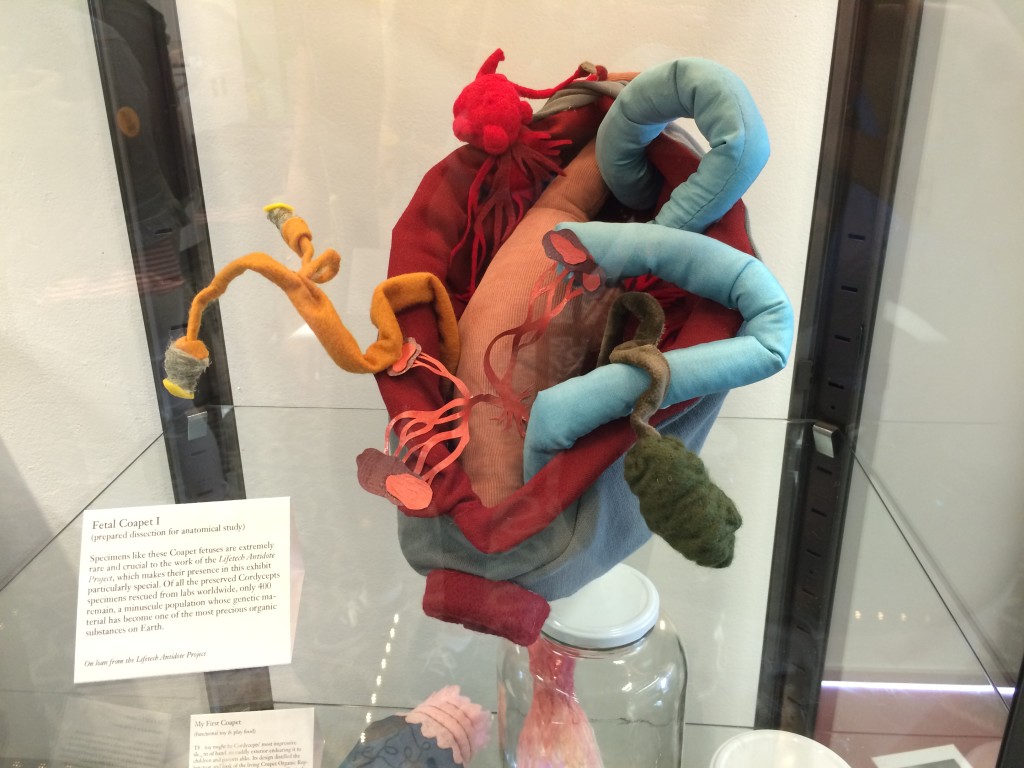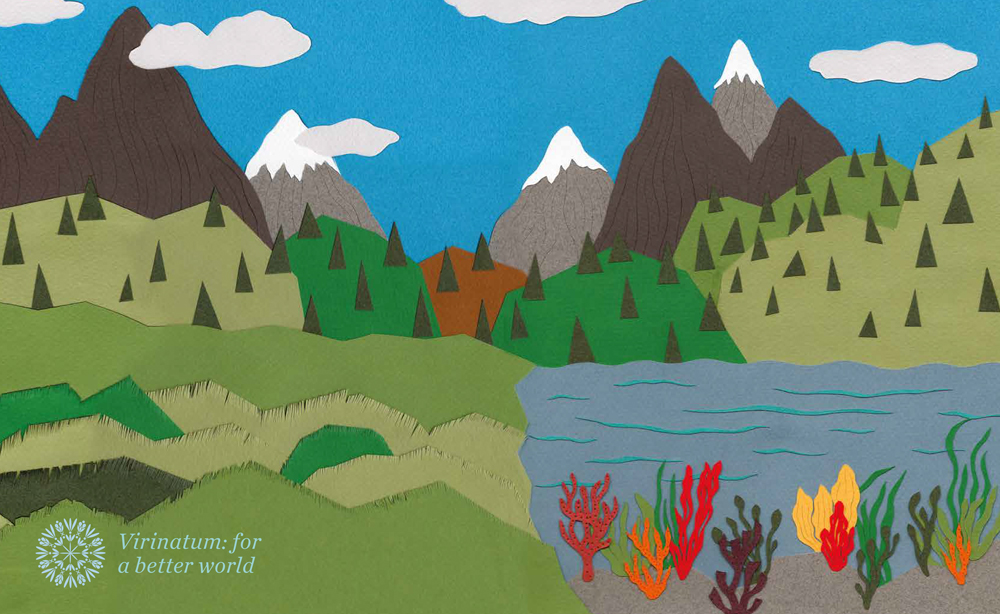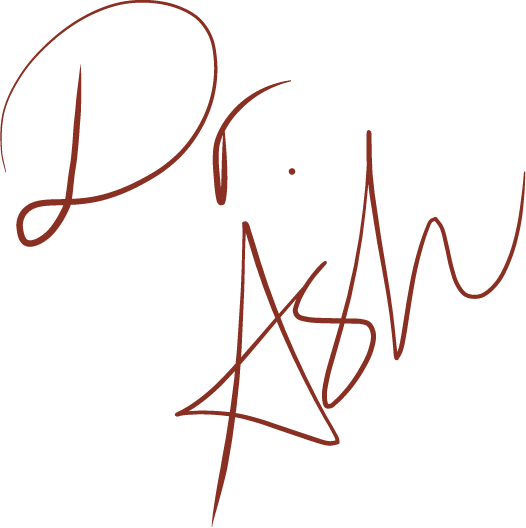 Hello and welcome to the second part of my interview with freelancer Jessica Bromley Bartram. In Part 1 we delved into the narrative and creative process behind her Ontario College of Art and Design (OCAD) thesis project “Rise and Fall of Cordycepts”.
Hello and welcome to the second part of my interview with freelancer Jessica Bromley Bartram. In Part 1 we delved into the narrative and creative process behind her Ontario College of Art and Design (OCAD) thesis project “Rise and Fall of Cordycepts”.
Jessica won the 2015 OCAD Graphic Design Medal for the project which uses a science fiction narrative to critically examine today’s issues surrounding food availability, corporate marketing, and consumer culture. In this part of the interview we discuss how natural history has influenced her work, her future plans for “Rise and Fall of Cordycepts” and how her project fits into larger issues of science literacy and consumerism.
Dr. Ash: Aside from your “Rise and Fall of Cordycepts” work, a lot of the other stuff I’ve seen on your Instagram and Tumblr are…not necessarily ‘nature’ inspired, but more ‘natural history’ inspired. Looking at things closely, taking things apart and checking out their insides, that sort of thing.
Have you always been interested in natural history?
Jessica Bromley Bartram: That’s always been a huge inspiration to me. I grew up watching David Attenborough. I grew up reading this guy named Gerald Durrell who wrote a book called My Family and Other Animals. It’s about him as a child discovering how to be an amateur naturalist.
My parents were both ‘nature people’. I would call them both amateur naturalists. They birdwatch. We have a cottage up in Georgian Bay which has amazing wildlife; the warblers come through during migration. I grew up in nature. I spent my whole summers up there as a kid on this wild island. Running around the forest, catching tadpoles and stuff.
 As I aged, I continued that fascination. I’ve always loved animals. I’ve always loved nature and I started reading more. Reading natural history things and getting into Victorian natural history. I actually did a project back in 2011 (but the show was in 2012). It was the imaginary collection of a Victorian naturalists. It was very much a predecessor or precursor to Cordycepts, the basic structure of it anyway. It wasn’t critical like “Rise and Fall of Cordycepts“. It was more of an illustration slash art project. I created this imaginary Victorian explorer and created all of these things she discovers. There’s a whale covered in fur and a whale with trees coming off its back. I illustrated all of these things and put on a show and made this book. That was the first culmination of all of my childhood and young fascination.
As I aged, I continued that fascination. I’ve always loved animals. I’ve always loved nature and I started reading more. Reading natural history things and getting into Victorian natural history. I actually did a project back in 2011 (but the show was in 2012). It was the imaginary collection of a Victorian naturalists. It was very much a predecessor or precursor to Cordycepts, the basic structure of it anyway. It wasn’t critical like “Rise and Fall of Cordycepts“. It was more of an illustration slash art project. I created this imaginary Victorian explorer and created all of these things she discovers. There’s a whale covered in fur and a whale with trees coming off its back. I illustrated all of these things and put on a show and made this book. That was the first culmination of all of my childhood and young fascination.
I specifically had a fascination with amateur naturalists. People who weren’t necessarily trained scientists but went off and found things and wondered about the world. Gerald Durrell wrote a book called The Amateur Naturalist. It was my favourite book as a kid. It’s really neat and it was written in the 70’s, but it’s pretty conscious of eco-stuff. More than you’d expect from a book written in the 70’s. It was about how to be a naturalist and how to be a collector without screwing everything up. It told you how to clean bones if you found half-rotten mouse so you could set up a skeleton. How to keep things alive. How to set up tanks and stuff. It was a really cool how-to book.
It does sound like a really neat book. I can definately see the inspiration of natural history and the idea of looking closely at nature coming in through a lot of your other work.
But back to Cordycepts. Do you have any future plans for “Rise and Fall of Cordycepts“?
Yup. There’s an event that happens every year at the Gladstone Hotel called Come Up To My Room. Artists or artist groups are given rooms in the hotel to do an installation. I don’t know if I’m an exception but you’re allowed to apply to for a room without a really specific idea. But I have a really specific idea. I have this project which is about 50% of what I need done already.
I met one of the curators, she’s the Assistant Dean at OCAD. She saw the thesis project and she was like, “Hmm. Consider applying to Come Up To My Room because this would be neat.” So I applied and I got in. It’s very exciting. I have seen my room. It’s adorable and narrow but in a good way. The event runs from January 21st -24th 2016. The internet will have more details closer to the day.

Handbound books by Jessica: (Left) Exhibit catalogue “What we lost” for “Rise and Fall of Cordycepts”, (Right) “Your world is safe in our hands”, Cordycepts 20th Aniversary Annual Report
I am going to be expanding “Rise and Fall of Cordycepts”. But there’s a big challenge to bringing it from the OCAD Grad Ex. There, I tried to make it mostly a graphic design exhibit. I focused on the books which were the actual graphic design projects. “Rise and Fall of Cordycepts” ended up being mostly conceptual art because of the scope of the project but I did try to focus on the books. Whereas Come Up To My Room is a huge event; 4000-6000 people come over the course of 4 days especially on the weekend. it’s ridiculously crowded. I’ve been to it a number of times and it’s a wonderful event. My main challenge for the project is to make it much more visual. So I’m going to be making more artifacts.
I have two short videos I made over the course of my thesis work, but I might do some shorter video pieces showing products working. I’m still figuring it out. I have until January. But basically the main challenge is developing “Rise and Fall of Cordycepts” to make it more visual but still able to communicate the storyline. I’ll still have the books there. If someone’s there on a quiet day and they want to spend half and hour flipping through them, they can. But I also want it to be accessible to people who are there on Saturday night in this crush of people. I want to be able to capture them as well. That’s the challenge.
Change Your World with Cordycepts from Jessica Bartram on Vimeo.
The Rise & Fall of Cordycepts from Jessica Bartram on Vimeo.
Will you be there playing interpreter? I found that really helpful during the OCAD Grad Exhibit.
Yeah, I’m actually considering, not necessarily going full-on into a weird ‘future character’, but wearing an ‘Ask Me about Cordycepts’ button. Setting up a little place for myself as if I am the docent. Making it clear that I am a person to talk to and that I am the official “Rise and Fall of Cordycepts” tour guide. Inserting myself into the exhibit in some way. Come Up To My Room requests that the artist be there but especially for my project it’s good the have a face there.
Are you going to be focusing on the Coapet and the Cy-Ex? There were a couple of other products as well like the Cordycepts brain cleaner. Are you going to be doing other products or delving deeper into the products that are already there?

Fruitcors System for reproductive health description in the “Rise and Fall of Cordycepts” exhibit catalogue
I had a third product that I didn’t get fully developed in time for thesis because I was focused so much on the other two. I wanted to make sure that I had finished the two…or three if I include the Virinatum organic code. I had the beginnings of a birth control system. It was sort of creepy and deals with the ideas of “undesirable populations” and “population control”. The issues involved in that one are just so much bigger and so much more class-charged and racially-charged. I have a few friends who know way more about those issues and I need to reach out to them. I don’t feel comfortable tackling those issues with my knowledge-base. I am conscious of the issues, which is how I came up with the product. But I don’t feel comfortable talking about it from my ‘middle-class, privileged white-person’ perspective. I don’t feel comfortable taking it on by myself. I don’t think that would be a fair exploration of those issues and I don’t want to f*** it up.
The other two systems (the Coapet and Cy-Ex), they deal with issues of class and privilege but in a less intense way. I would love to include the Fruitcors System and expand on it. Especially now with all the stuff surrounding Planned Parenthood in the US. People just not getting what Planned Parenthood does. These problems have always been around, but it seems to be ramping up in this really horrible way. I feel like it’s a really important time to include a discussion on how shitty people can be surrounding reproductive issues. I’m hoping to have that product developed well enough by January.
And I’m also thinking of working on the Cordycepts memory system, the first project that spawned all of this. I’m trying to see if I can work that back in. I loved that project. And I think it’s really cool and creepy in a much more personal way. It deals with more personal issues of how people’s personalities work and who you are as a person. So I think that would be neat to have alongside products that deal with larger social issues.
Cordycepts Inc. – Keep A Clean Mind from Jessica Bartram on Vimeo.
I have a slightly off-topic question. But as you were talking about these products and how people in the story just bought and used them without a whole lot of thought, it got me thinking. How do you think your products fit into the broader issue of science illiteracy? If there was greater public understanding of science, do you think people would buy these products? Or allow Cordycepts to do these things? You could say that about most real products and obviously Cordycepts is fictional but what are your thoughts? How does the project relate to issues of science literacy?
I think that was something I had in mind while I was working on Cordycepts. It was sort of lumped into the whole corporate-mission-machine of marketing and convincing people of things. Marketing has already gotten so much more specific and creepy. I imagine it continuing to do that with the way technology just keeps getting faster and faster in its development. So that idea was definitely included in the context of corporate subterfuge and the science of marketing and the way that people can be convinced of things.
But that’s a really good point that you make. I think that real-life science literacy issues play into my project. It plays into people going “Oh, this is going to help me, hurrah!”. And it doesn’t mean that they’re stupid people it just means that they don’t understand the issues. Because it is a really complex issue. It’s easier to say, “I’m going to replace my tongue because I don’t want to eat bad food,” than to think about: ‘how this thing was developed’ and ‘how it was made’ and ‘how it is controlled’ and ‘why it will only accept certain kinds of food’. It’s much easier to be like, “I am now eating safe food.”

Cordycept’s commitment statement in the 20th Aniversary Annual Report.
Yeah, it’s definitely easier to take advertising claims at face value than to dig deeper into the science. From a more personal perspective, my final question is: what is the most recent piece of science news that sparked your interest and do you think it might fit into some of your future work?
I’m still keeping up the Cordycepts Tumblr that I was using to gather information and visual inspiration. The most recent thing I re-posted was about the eternal question of ‘can you can bring back an extinct species?’ And this post was looking at the science of it. The headline was “Putting bioethics aside, is it possible to bring back an extinct species?”
It was looking at passenger pigeons. Which is one step closer to Jurassic Park, guys. Dinosaurs are birds. Or birds are dinosaurs, the other way around. So it was looking at the possibility of bringing back an extinct species genetically. I both wanted to look at the basic genetics of it, and see if I could get inspiration for visuals for Virinatum.
I want to do a series of little shorts (very short, like fifteen to thirty-second stop motion films) showing how each product works. There would be a little animation of the Coapet getting its pill and pooping out food. And the Cy-Ex doing something. So I’m still thinking of how I’ll do that. But for the Virinatum I think it will be neat to use some science imagery.
So yeah, bringing an extinct species back to life. Very interesting.
I would like a pet mammoth, please.
Ha, ha. It’s interesting that you bring up de-extinction. I was chatting about this with a friend last night, in fact. She said one of the problems with the passenger pigeon, for example, is that they could do it. It went extinct recently enough for that we have viable tissue. But the problem is that it makes no sense to bring back one or even ten individuals of a bird that flocked in the thousands.
Millions.
Yeah. In the millions. They broke trees they were so many of them. I went to this Science Cafe on Thinking Extinction a while back and one of the issues the panelists discussed was focused on the wooly mammoth. So let’s say that we clone a mammoth. Let’s say we have an elephant surrogate. But there comes this question of ‘what is a mammoth?’ Is it just genetics. Just a physical form? Or is it also its behavior and if it’s not got anything to learn mammoth behavior from, is it really a mammoth? The question incorporates this issue of behavior because it’s such an important part of what defines animals.
They do talk about the bahaviour issue in Jurrasic Park. (Good work, Jurrasic Park.) They bring it up in the first one where they’re yelling at Hammond and the dinner…I’ve seen that movie like 500 times. (Fun fact: Jurassic Park is my favourite movie. You can put that in there, that’s on the record.) It’s really interesting because of the problems of bringing these things back. This idea of them not being ‘real’ because they’re not behaving like they did is really relevant.
It’s like the world becomes Jurrasic Park minus everything trying to eat you. I can happily cite Jurrasic Park as one of my inspirations for this project. Specifically the novel, which does a similar thing of taking science that exists and expanding it and extrapolating what could happen based on what we know about genetics now. It’s a similar idea to the Virinatum project. You’re diving in the Great Barrier Reef and it’s got all of the right corals and the clams and the fish but there’s just something ‘off’ about them. They’re all too perfect. The colours are all perfect and none of them have messed up fins and it doesn’t feel right.
It plays into the idea of Virinatum creating this theme park version of nature.
Thanks so much for reading. Jessica’s doing fascinating work and I’m eager to see the expansion of “Rise and Fall of Cordycepts” at the Gladstone Hotel’s 2016 Come Up To My Room (January 21st -24th).
Please check out Jessica’s other work on her web page (www.jessicabartram.ca) and her Tumblr process-blog (http://jbbartram.tumblr.com). She’s also on Instagram (https://instagram.com/jbbartram/) with lots of lovely photos.
I hope you enjoyed the interview. I had a ton of fun chatting with Jessica and putting this all together. Feel free to comment below and if you have questions for Jessica you can contact her through her website.




No Comments